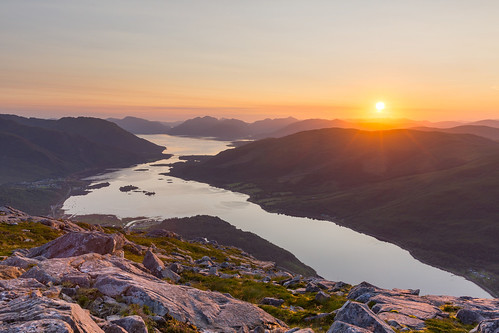- Messages
- 1,764
- Edit My Images
- Yes
A simple question... If i was going to buy a reverse grad filter for sunsets and sunrise work... Do you think i am best to get a 0.9 (3 stop) or a 1.2 (4 stop) filter?
My gut tells me the 1.2 would be the right choice for intense sunsets where i struggle not too loose the detail completely with underexposure. But then maybe 4 stops is too much!
At £125 a filter for the LEE ones id rather just pick one.... I dont need 2 reverse grads!
My gut tells me the 1.2 would be the right choice for intense sunsets where i struggle not too loose the detail completely with underexposure. But then maybe 4 stops is too much!
At £125 a filter for the LEE ones id rather just pick one.... I dont need 2 reverse grads!


 Red Sky At Night
Red Sky At Night The Pap of Glencoe view
The Pap of Glencoe view Durdle Dusk
Durdle Dusk Masca view, Tenerife, Spain
Masca view, Tenerife, Spain